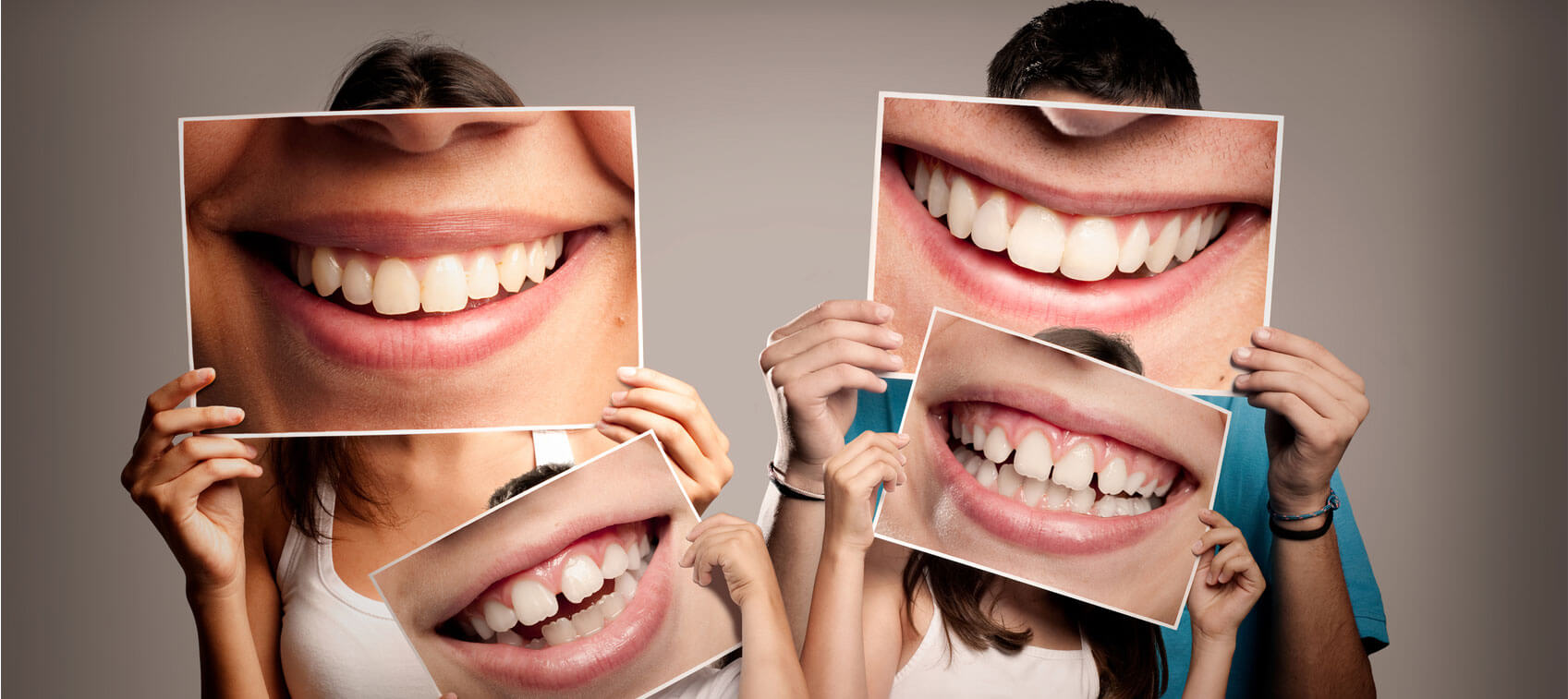
When we think of friendly bacteria, we generally think of those in the middle and lower gut, but our entire gastrointestinal tract is lined with colonies of bacteria. In fact, most pathogens enter the body through the nose or mouth. The influenza virus is a good example. It can be airborne and enter through the nose and upper respiratory tract or enter through direct contact with our mouth, nose, or eyes through touching, kissing, sharing a drink, etc.
Our first line of defense is very often the beneficial bacteria that reside in our nose, mouth, and throat. While there’s been a stronger push in medicine to boost the numbers of these beneficial microorganisms in the mid- and lower bowel, the bacteria residing on the "front line" have largely been ignored.
Over the Lips and Past the Gums
More than 600 species of bacteria have been identified within the oral cavity. Most of those species probably play a less important role in our health. Researchers, however, have found that higher numbers of the more prominent beneficial species directly correlate to a reduced incidence of everything from halitosis (bad breath) and dental cavities to ear infections, strep throat, and tonsillitis.
One of the primary investigators in this field of research has been Professor John Tagg with Otago University in New Zealand. Over a 25-year period, he has collected and studied hundreds, if not thousands, of species and strains of oral probiotics. He has learned that the body’s oral immune response can be enhanced dramatically through the use of oral probiotic lozenges, particularly those that contain the species Streptococcus salivarius.
S. salivarius has numerous strains. S. salivarius K12 is the one that replaces the malodorous bacteria on the back of the tongue that causes bad breath, and restores the natural bacterial flora of the mouth and throat. These bacteria, in turn, produce compounds referred to as “bacteriocin-like inhibitory substances” (BLIS), which act as natural antibacterials and help control the growth of undesirable invasive microorganisms that cause infections. The greater numbers of beneficial bacteria also simply take up the physical space that harmful pathogens need to colonize, and use up their necessary food supply.
K12 is effective at preventing and helping treat periodontal disease, recurrent tonsillitis, and viral infections. Along with strain K12, strain 18 provides ear infection protection. Prevention of dental cavities seems to be enhanced by strains MIA and T32.
Oral Probiotics Benefits
For children, oral probiotics can offer a wide range of benefits. For one, starting a child on an S. salivarius K12 product could be a lifesaving move if they’ve been diagnosed with strep throat. Professor Tagg was initially looking into the benefits of S. salivarius K12 as a way to prevent rheumatic fever in infants. In a small percentage of cases, strep throat infections progress to rheumatic fever, which is an extremely serious, life-threatening condition and very difficult to treat. He discovered that individuals with higher oral levels of S. salivarius seemed to never be bothered with colds or other respiratory/oral infections.
I also recommend using oral probiotics in children with recurrent ear infections and tonsillitis. Studies have shown that, in infants who have inner ear infections, treating with a S. salivarius product following antibiotics resulted in a 50 percent reduction of recurring infections. Similar results were found with recurrent tonsillitis, as well.
Oral probiotics can also be used in conjunction with antibiotic therapy. Most antibiotics are non-selective in the bacteria they destroy—they tend to wipe out all species, including the beneficial ones. If you take an oral probiotic immediately after the course of antibiotic therapy, there should be even more open physical sites in the oral cavity for the probiotics to colonize and flourish.
Prescription mouthwashes are routinely used in periodontal disease, but thought is seldom given to recolonizing the oral cavity with beneficial bacteria afterward. While a few doctors realize the importance of replacing the beneficial bacteria in the colon after antibiotic therapy, doing the same in the oral cavity is practically unheard of.
It’s important to keep in mind also that most mouthwashes work much like antibiotics, at least in the oral cavity—they’re non-selective when to comes to killing bacteria. They provide short-term relief from bad breath, but the odor-forming bacteria quickly re-establish colonies and the problem returns. No mouthwash is able to actually sterilize the oral cavity.
Finally, oral health should be the focus of every cardiovascular specialist, right alongside diet changes and exercise. If you have cardiovascular problems, stopping the chronic inflammation “leaking” from the oral cavity through the use of oral probiotics, should be on your list of priorities.
S. salivarius K12 is available in a number of oral/sinus probiotic products. Look for it online or in health food stores.


